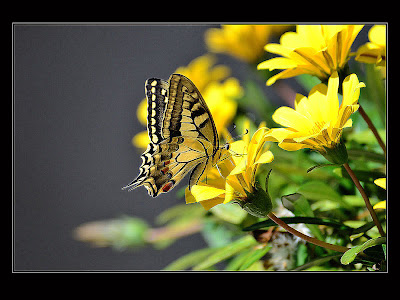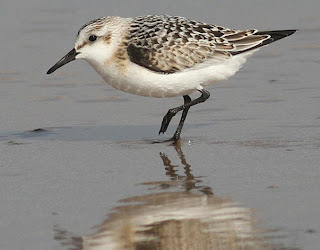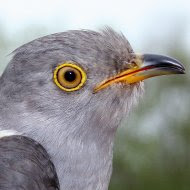The Outside Bog. Unknown.
Anyone wishing to do so would be justified in accusing me of diverting too far away from birds on Birds2blog today in posting the pic above, but, no matter how hard I tried I couldn't resist what I would consider to be the best political statement of the century requiring no caption whatsoever, a picture speaking volumes.
But back to the birds....
But back to the birds....
It was interesting to see the report of a Stonechat seen at Leighton Moss Thursday last. It was a male seen atop of the reeds near the Bearded Tit grit trays. I don't recall seeing a single record of Stonechat anywhere in the vicinity this year, and few reports from anywhere in our recording area in the breeding season, which prompts the thought, where is this bird from, and has it bred around this area this year.
And a couple of excellent images to be going on with....
And a couple of excellent images to be going on with....
Hawfinch. Phillip Tomkinson.
Not many opportunities to see - let alone photograph - the Hawfinch as well as this one, but PT made good use of his opportunity on this occasion.
Bittern. Phillip Tomkinson.
Not many opportunities to see - let alone photograph - the Bittern either, but PT made good use of his opportunity on this occasion too. For all we know this image could well reflect the sum total of Bittern at Leighton Moss today as I suspect this may well be the case....But now someone is going come forward to tell us I'm wrong on that suggestion.
Thanks to Phillip Tomkinson for the two excellent photographs.
And finally...
Putting a smile into birding.
For all the birding ID 'goofs'....don't worry I'm one too. A Wilson's Phalarope reported this morning was later identified to be a Spotted Redshank....Mmmmm!!
And finally...
Putting a smile into birding.
For all the birding ID 'goofs'....don't worry I'm one too. A Wilson's Phalarope reported this morning was later identified to be a Spotted Redshank....Mmmmm!!








































